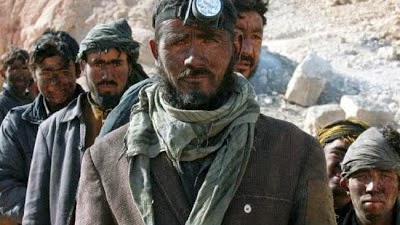Seventy three people are known to have died and around 200 more are still missing following a series of flash floods in the Guzargah-e-Nur District of Baghlan Province, Afghanistan, overnight between Friday 6 and Saturday 7 June 2014. The flooding is also thought to have destroyed around 2000 homes, killed large amounts of livestock and washed away numerous roads, leading to a considerable humanitarian crisis.
Flooding in the Guzargah-e-Nur District of Baghlan Province. AP.
Flash floods and landslides are a frequent problem in northern Afghanistan, where a mostly dry climate is broken by occasional bouts of heavy rainfall. The dry nature of the climate means that little of the landscape is covered by extensive vegetation (which can stabilize hillsides with root-growth), making the area vulnerable to flash floods. This situation is made worse by the widespread use of dried mud bricks as a building material, resulting in buildings that offer little protection against flooding and are easily swept away. However June is usually a dry month in Baghlan, when no rainfall would be expected, so this weeks floods are somewhat exceptional.
See also...
It is feared that over 2500 people may have died following two...
Twenty seven miners have died following a collapse triggered by a...
At least four people are known to have died and around twenty...
Follow Sciency Thoughts on Facebook.




